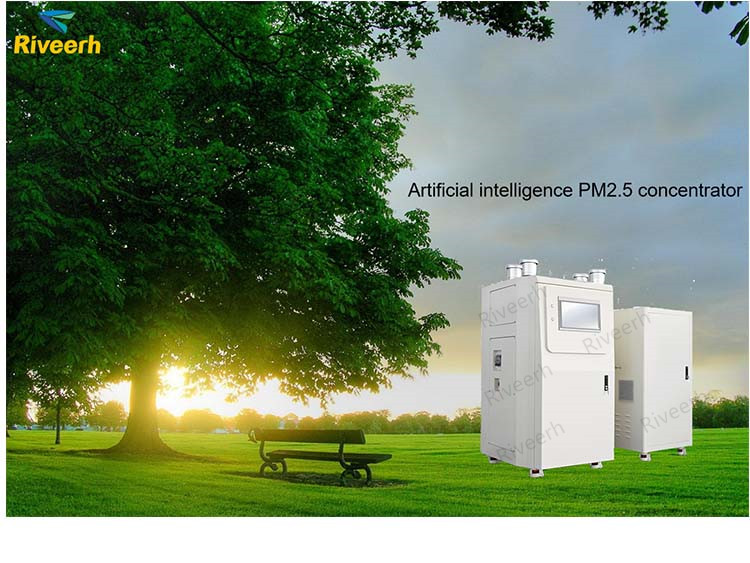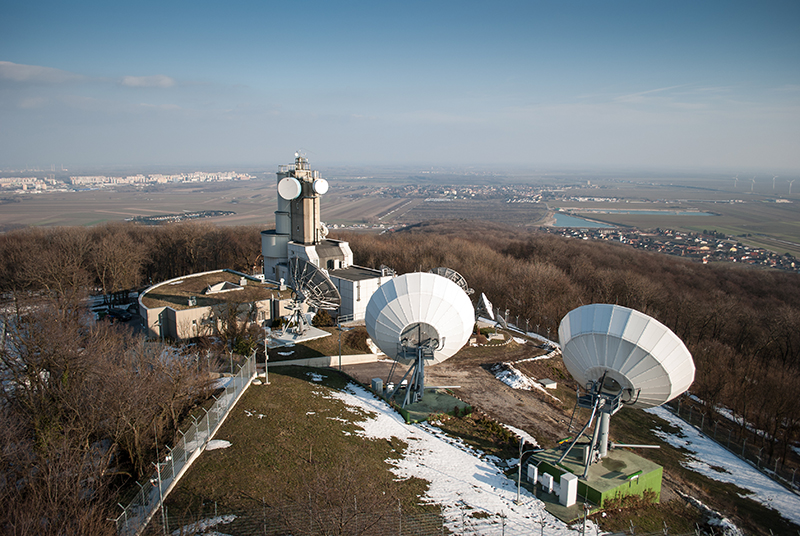1. Why PM2.5?
Fine particulate matter, also known as fine particles, fine particles, or PM2.5. Fine particulate matter refers to particles in the ambient air with an aerodynamic equivalent diameter of 2.5 micrometers or less. It can remain suspended in the air for a long time, and the higher its concentration in the air, the more severe the air pollution. Although PM2.5 is only a small component of the Earth's atmosphere, it has significant impacts on air quality and visibility. Compared with coarser atmospheric particles, PM2.5 has a smaller particle size, larger area, stronger activity, and is prone to carrying toxic and harmful substances (such as heavy metals, microorganisms, etc.). It also has a longer residence time and longer transportation distance in the atmosphere, thus having a greater impact on human health and atmospheric environmental quality.
2. What are the main hazards of PM2.5?
(1) The Global Environment Outlook 5 released by the United Nations Environment Programme in 2012 pointed out that 700000 people die annually from respiratory diseases caused by ozone, and nearly 2 million premature deaths are related to particulate matter pollution.
(2) On December 5, 1952, the London toxic fog incident caused at least 4000 deaths, countless London citizens had difficulty breathing, transportation was paralyzed for several days, and millions of people were affected.
(3) On October 17, 2013, the World Health Organization first identified PM2.5 as carcinogenic
(4) Organ damage: Long term exposure to particles can cause cardiovascular and respiratory diseases, as well as lung cancer, and significantly increase the likelihood of carcinogenesis, teratogenicity, and mutagenesis.
(5) Climate impact: PM2.5 can affect cloud formation and rainfall processes. The condensation nuclei of rainwater in the atmosphere, in addition to the salts in seawater, are also important sources of fine particulate matter PM2.5. There is too much PM2.5, which may "divide" the water and make the cloud droplets in the sky not grow much, resulting in less blue sky and white clouds than before; Under some conditions, PM2.5 will increase the number of condensation nodules, making more raindrops in the sky. In extreme cases, rainstorm may occur.
3. Related instruments - Artificial intelligence PM2.5 concentrator(Aerosol concentration sampler)
(1) Introduction:
The artificial intelligence PM2.5 concentrator is mainly used for online concentration and sampling of indoor and outdoor particulate matter. By adjusting the operating parameters of the instrument (including temperature, humidity, and airflow ratio, etc.) and utilizing the principles of aerodynamics, the concentration of particulate matter is concentrated online by about ten times. It is not easily affected by the environment and can maintain a stable concentration effect for a long time. Simultaneously equipped with a fully automatic concentrated sample collection and collection device, it can be combined with online chemical composition and biological toxicity detection instruments and equipment, and can also be effectively connected with exposure devices to achieve PM2.5 chemical and toxicological analysis, health impact research, and provide technical support and effective scientific data for air pollution prevention and disease control.
(2) Application field:
Ø Applied for online research on atmospheric environmental monitoring and disease prevention and control of multi particle toxicity under polluted and non polluted weather conditions;
Ø Assess the health hazards caused by atmospheric particulate matter (such as respiratory, cardiovascular, neurological, reproductive and other diseases) and establish models;
Ø It can also be used in pathogenic mechanism research and related drug development
(3) Performance characteristics:
Ø The online enrichment sampling system effectively avoids the problems of sample contamination, high loss of samples and reagents in traditional membrane collection and detection methods;
Ø Sampling has small fluctuations and high stability;
Ø Concentration factor of about 10 times;
Ø The duration of concentration collection can be set by oneself;
Ø Input flow rate: low flow rate 50L/min, medium flow rate 100-200L/min;
Ø Humidity control: Use under conditions of 10% -90% relative humidity in the environment.














